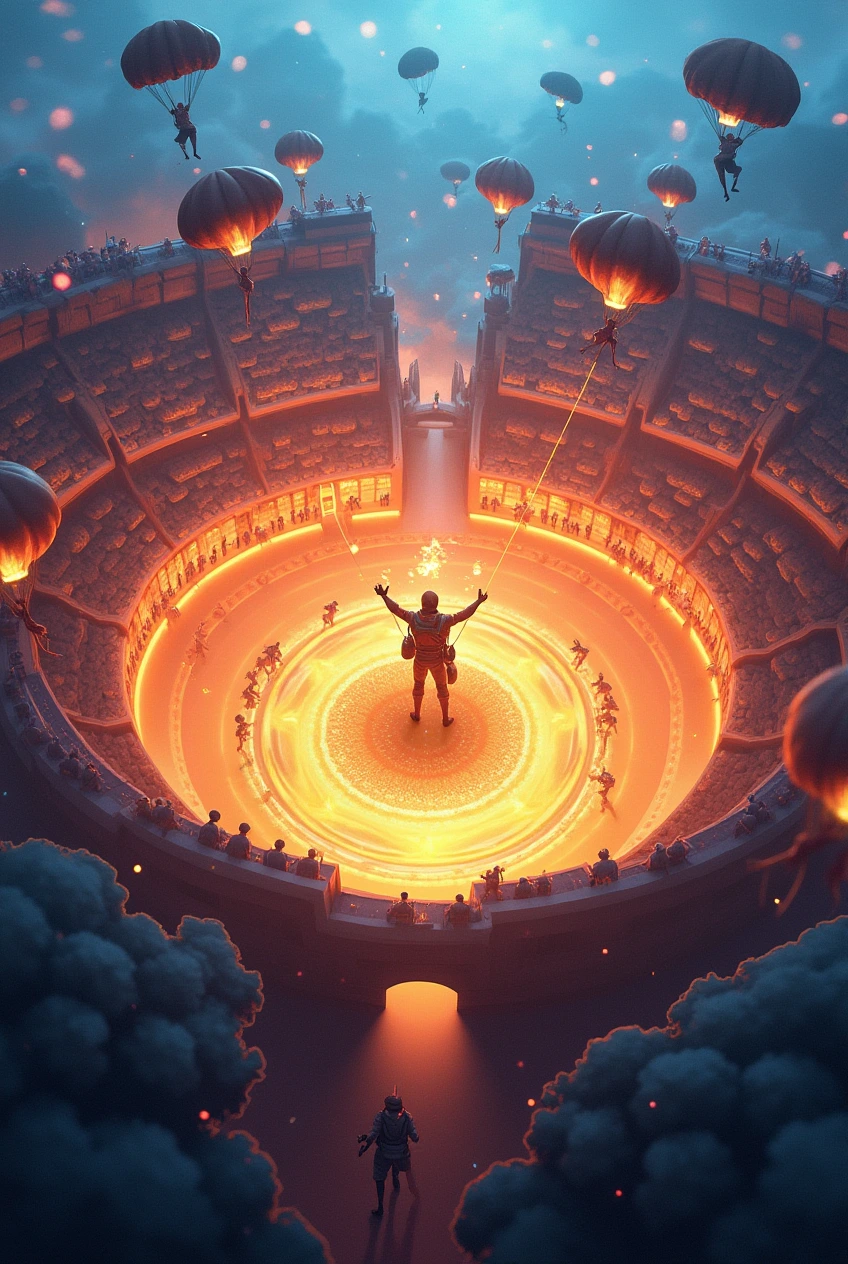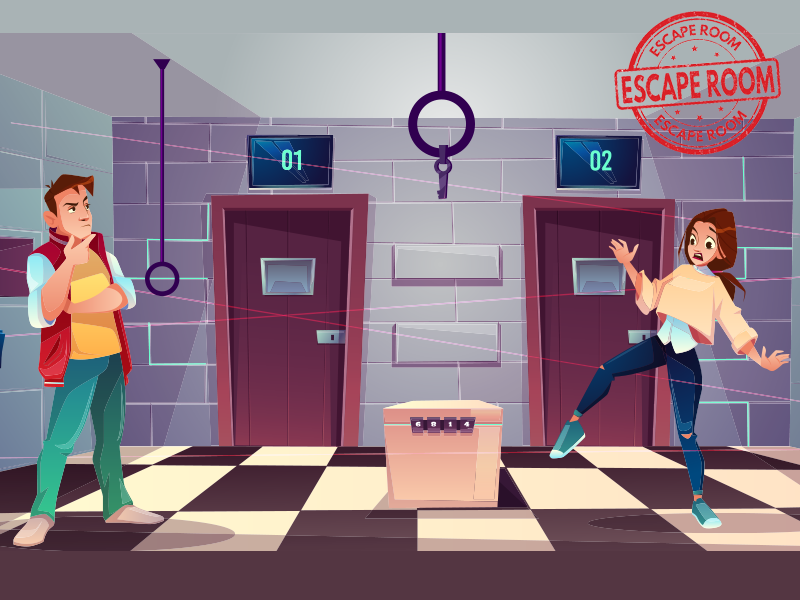Online gaming has transformed dramatically over the years, but no genre has shaken things up quite like Battle Royale games. They’ve gone from niche to mainstream in record time, blending survival instincts, smart strategies, and nonstop action. It’s more than just a game mode now—it’s a global movement.
Let’s explore what makes these games so appealing, where they came from, and how they continue to influence the gaming world.
Why Are Battle Royale Games So Addictive?
Think of Battle Royale games like digital gladiator matches: a large number of players drop into a shrinking arena, and only one (or one team) makes it out on top. The excitement, the tension, the sense of accomplishment when you win—it all creates an adrenaline rush that’s hard to match.
Some of the standout features include:
- Massive maps that encourage exploration and strategic positioning.
- Customization options that let players express their style.
- Matchmaking systems to ensure fair competition with others at your skill level.
Now let’s look at how this genre became a phenomenon.
Where Battle Royale Games Started
The roots of the genre go back to the release of titles like PlayerUnknown’s Battlegrounds (PUBG) and Fortnite. These games introduced a new kind of experience: fast-paced, high-stakes matches that anyone could jump into. Fortnite added its own twist with colorful graphics and building mechanics, while PUBG focused more on realism and tactics.
These early games laid the foundation for others like Apex Legends, Call of Duty: Warzone, and Free Fire, each bringing their own flavor to the table.
How They’re Shaping the Gaming Scene
The impact of Battle Royale games goes beyond gameplay. They’ve changed how we watch games (thanks to Twitch and YouTube), how we compete (think massive esports events), and even how games are developed.
Here’s a quick look at some top titles and what they’re known for:
| Game | What Makes It Special |
|---|---|
| PUBG | Realistic gunplay, large tactical maps |
| Fortnite | Building mechanics, regular updates, playful aesthetic |
| Apex Legends | Hero-based gameplay, tight squad tactics |
| Call of Duty: Warzone | Huge map, realistic visuals, in-game purchase mechanics |
| Free Fire | Fast matches, diverse characters, mobile-friendly design |
Best Practices in Game Design 
- Focus on balance: No one likes overpowered weapons or unfair advantages.
- Keep content fresh: Regular updates and seasonal events keep players coming back.
- Reward progression: Players should feel like their time and skill are being acknowledged.
- Encourage social play: Features like voice chat and team modes increase player retention.
- Support multiple platforms: PC, consoles, and mobile versions expand the player base.
Final Thoughts
Battle Royale games have done more than just entertain—they’ve redefined what modern multiplayer looks like. They’ve turned everyday players into streamers, casual fans into competitors, and digital battlefields into cultural hotspots.
Whether you’re in it for the win or just the wild ride, one thing’s clear: Battle Royale is here to stay.









